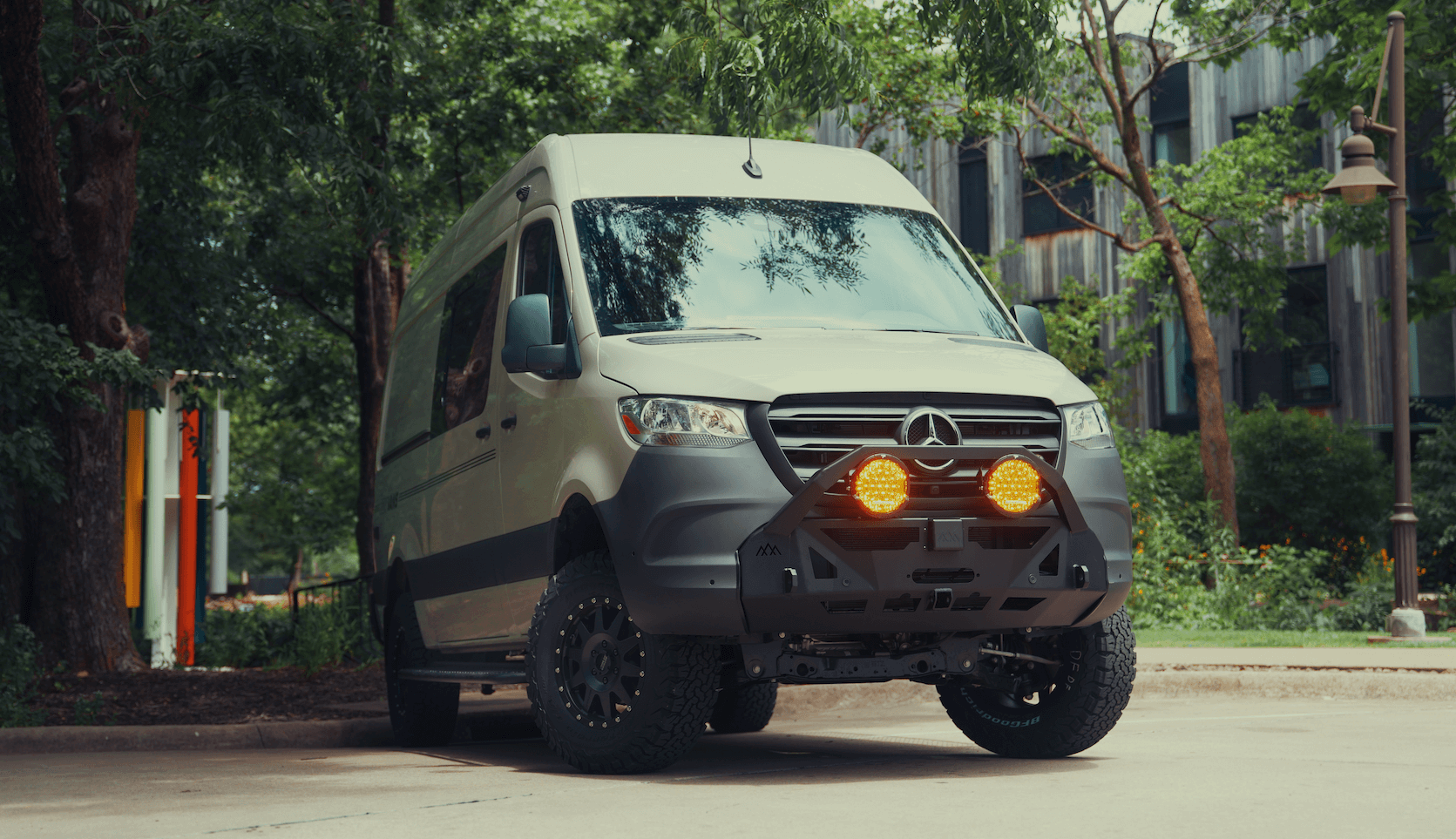Recreational Vans

Long range fuel planning starts with simple math and honest inputs. True range equals usable fuel capacity multiplied by real world mpg, then reduced by a safety reserve. Usable capacity is not the full tank. Subtract what your gauge leaves at empty, and anything you keep as reserve for contingencies. For many travelers, a 10 to 20 percent reserve is appropriate, while desert or winter routes may justify 25 percent. The aim is to know the minimum distance you can count on, not the maximum you once achieved with a tailwind.
Use the worst conditions you expect, not the best you hope for. Speed increases drag sharply, so dropping from 75 to 65 mph can add notable range. Headwinds, roof gear, bigger tires, and heavy loads all pull mpg down. Record a few tanks on similar terrain and speed to find a conservative baseline you trust.
If your tank holds 24 gallons but the low fuel light leaves two gallons, usable fuel might be 22 gallons before reserve. With a 15 percent reserve, planning fuel equals 18.7 gallons. At 14 mpg, reliable range is about 262 miles. Numbers like these keep your schedule practical and reduce stress.
Route plans rarely go perfectly. Keep a buffer of time and distance between planned stops. Closed stations, power outages, or a detour can add unplanned miles. A buffer turns those moments into a pause rather than a problem.
Fuel stops are best treated as waypoints that support your day’s pace. Pick stops that sit slightly ahead of your minimum range rather than right at it. Cluster a primary stop with at least one alternate along the same segment. In busy corridors, aim for stations with multiple pumps and good access. In remote zones, choose places with consistent hours, recent traveler check ins, or regional chains known for reliability.
On interstates, use exit areas with several options to avoid long lines or closed pumps. If towing or carrying tall loads, favor open lots with side access and clear canopy height. Consider traffic patterns so you refuel before dense city cores, not inside them.
In mountains or deserts, elevation, temperature, and wind can swing mpg in big ways. Winter blends may change fuel economy. Plan shorter legs and refill earlier in the day. For backcountry loops, top off whenever you pass a known station, even if you are above half a tank.
Driving technique is your most reliable range extender. Smooth inputs, steady throttle, and a relaxed cruising speed burn less fuel. Check tire pressure cold and match it to load. Reduce roof drag by removing unused racks or boxes. Maintain a clean air filter and healthy ignition components. Small gains across each category accumulate into meaningful extra miles.
Auxiliary tanks or approved containers expand range, but they require thoughtful mounting and ventilation. Weight must be secured low and inside the track width whenever possible. Follow local regulations for container type and fill level. Treat every transfer with a fire safe mindset.
Gasoline and diesel engines respond differently to grade, altitude, and temperature. Turbo diesel vehicles often keep torque at elevation but can suffer in cold without proper additives. Gasoline engines can lose efficiency at altitude and may change octane needs with heavy load. Plan for the fuel your powertrain prefers along the route you will drive.
Practical workflow for any long day:
If your trip includes long gaps between stations, consider rerouting to touch a town every few hundred miles. That slight detour can save hours compared to a recovery mission. Keep a habit of resetting the trip odometer at each fill to track real time consumption against the plan. When wind or grades cut range faster than expected, slow down and refuel at the next safe opportunity.
Planning does not end at the pump. Map break spots, meals, and camp arrival before dark so you are not forced to push range in a rush. Good fuel strategy feels calm because your schedule supports it.
Turn planning into capability with a purpose built approach to range. If you want a van designed for long distances, our team builds systems that pair tank strategy, storage, and safe mounting into a balanced package. Explore our recreational vans, consider a tailored custom build van, or review our mainstream vans options that finance. Thoughtful design removes guesswork so your fuel plan becomes second nature.
Tell us where you drive and how far you need to go. We will build a solution that carries the range, comfort, and confidence you want in one cohesive rig.
Ready to turn smart planning into real range and confidence on the road. Tell us how you travel, and our team will design a build that carries the fuel, power, and storage you need. Start your custom plan now and let OZK configure the right tank strategy, mounting, and systems so you can focus on the drive.
ADDRESS:
6159 E Huntsville Rd, Fayetteville, AR 72701
PHONE:
(479) 326-9200
EMAIL:
info@ozkvans.com